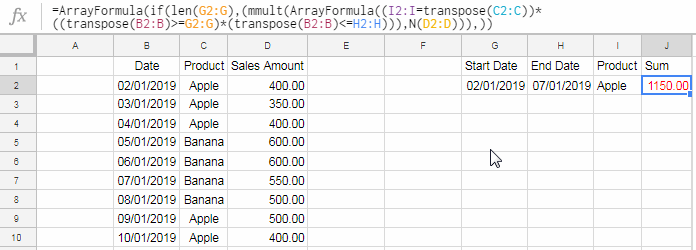
In the next screen shot, the result shows that there was 1 Binder shipment between August 15th and September 15th. To get the total units for a different date range, change the product name or start and end dates in the heading section. as to the circumstances which occurred between the date of the will and. The result will show a count of the number of times that all the criteria are met. Walsh would thus receive, or that knowing. The 6th argument, “The 5th argument, F5:F18, is the range to check for criteria 3.=COUNTIFS(B5:B18,A2,F5:F18,”>=”&D1,F5:F18,”=”&D1, is the cell with the value for criteria 2 (the Start date), and the operator to use with that value (greater than or equal to) To calculate the number of Pen shipments in the date range, enter this formula in cell F2: The Start date is entered in cell D1, and the End date in cell D2. In this example, there is a drop down list of products in cell A2. The easiest way to find the number of shipments is to use the COUNTIFS function (Excel 2007 and later) and enter the product name, and the start and end dates on the worksheet. We’ll add a start and end date for a date range, and count items in that date range. although for larger projects, clients can negotiate a lump sum Watch a huge range of the latest films in comfortable screens in digital 2D, 3D, IMAX. To apply the SUMIFS function, we need to follow these steps: Select cell G4 and click on it Insert the formula: SUMIFS(D3:D9, C3:C9, '>'&G2, C3:C9, '<'&G3) Press enter Figure 3.

This screen shot shows a few rows of the list with the order details for this example. As our first criteria is the date greater than or equal to G2 (1-Oct-18). For example, how many Pencil shipments went out in September, based on the Ship Date column? Use the DATETRUNC() function if you want to retrieve a date or time with a. If a claim is rejected or denied, providers will be notified on their dashboard. Step 3: Use the same formula for the other years and see the result. Step 2: Drag and Fill the formula to the right side and see the output.

After selecting the ranges then we are summing up the total sales by using the SUM function. Providers will submit their claims through Psyquel and keep track on any claims being processed with the insurance companies. Using the MONTH function we are dynamically changing the month’s number.
#PSEQUEL SUM PER DATE RANGE SOFTWARE#
If this could start/ stop mid-month, you need to create a DAILY table of every day, Create a 'Daily Savings' value in your raw data (DateDiff your two dates + 1 / Monthly Savings, use simular code to find a Daily Savings value, and then SUM up the Days into Months using PowerBI Tables or another DAX Measure.If you have a list on your Excel worksheet, and a date in each row, you can use a formula to count items in a date range. Problem: Youd like to group records by month in a PostgreSQL database. For providers using our mental health billing software who will be submitting claims to insurance. select pm.lastname, SUM (amt) as TotalCharge from charges c inner join providermstr pm ON c.renderingid pm.providerid where begindateofservice > '20150401' and. This code works perfectly for one month at a time. You'll see the dates are codes as YYYYMMDD. *** BTW, this assums solid months Start & end Dates. Here is my code to pull this data for April as an example. Monthly Savings = CALCULATE(SUM(Table1), FILTER(ALL(Table1), Query1 >= Table1 & Query1 <= Table1))

Here's the DAX Column code for a column created on the *** Month Table *** that Sums Monthly Savings for each month if the Month Start date falls between your Eff Date & End Date.

Here is a sample of the Month data & a sample of your table formatting:ģ. You can do this in Excel and Copy/Paste into PowerBI, or here's code the 'Advanced Editor' code form Query Editor to build a list -100 months back to +100 months foward.
You need to create a Table with just MONTHS in it to calculate your values per month. You can use a recursive CTE and then aggregate: with cte as ( select datefromparts (year (start), month (start), 1) as dte, end, amount from t union all select dateadd (month, 1, dte), end, amount from cte where eomonth (dte) < eomonth (end) ) select dte, sum (amount) from cte group by dte Here is a db<>fiddle.

 0 kommentar(er)
0 kommentar(er)
